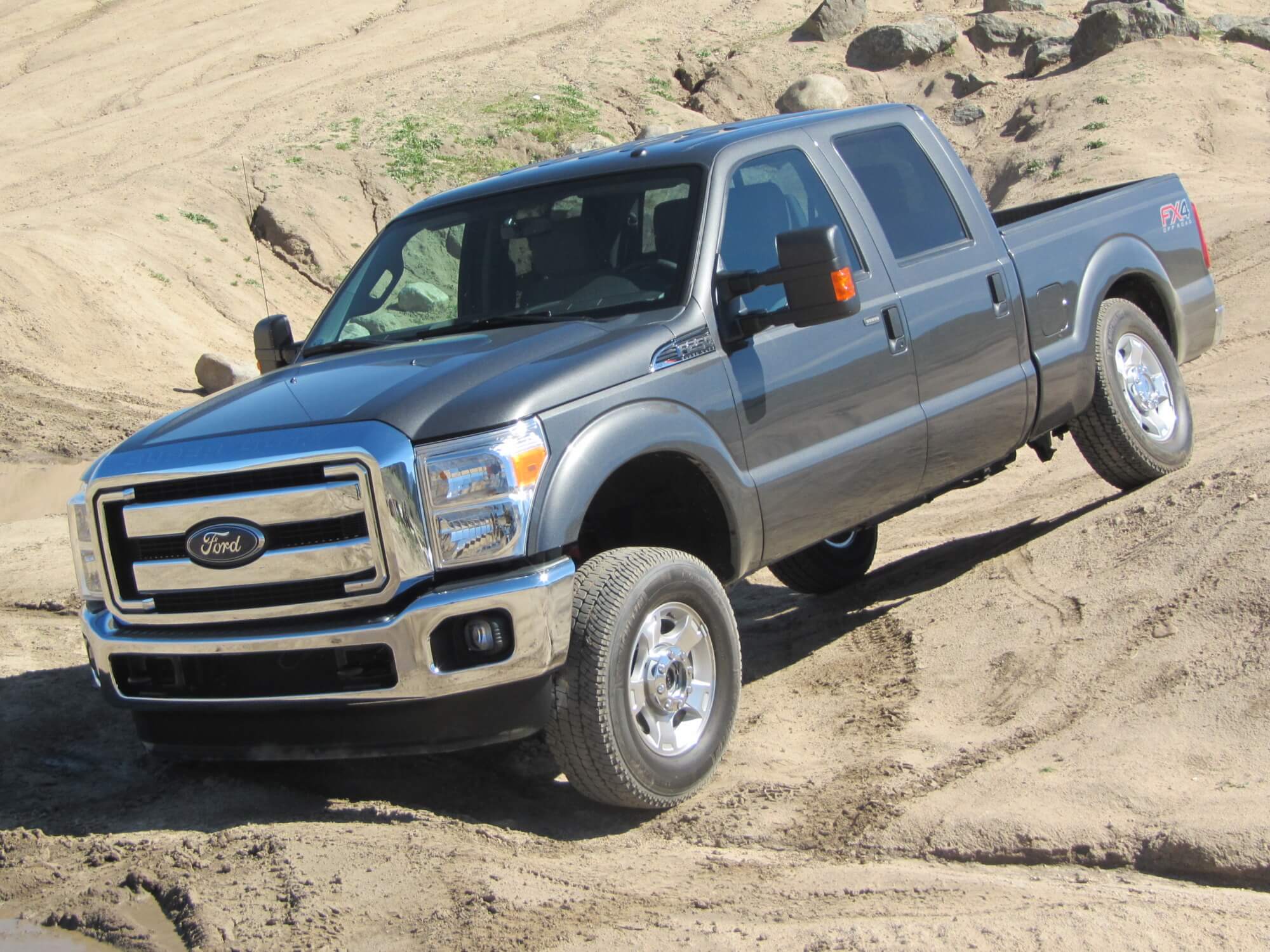
In the 1990s, it became clear to engineers deep within Ford that one fullsize pickup platform simply couldn’t serve both light and heavy-duty truck buyers. First, the company launched the radical 1997 F-150, an agile light-duty pickup that had smooth lines and drove with an ease that far surpassed the trucks that came before it. But in 1999, work truck fans, hardcore off-roaders and tow junkies got the truck they really wanted—a truck that would set the standard for heavy duty pickups decades into the future.
The Super Duty.
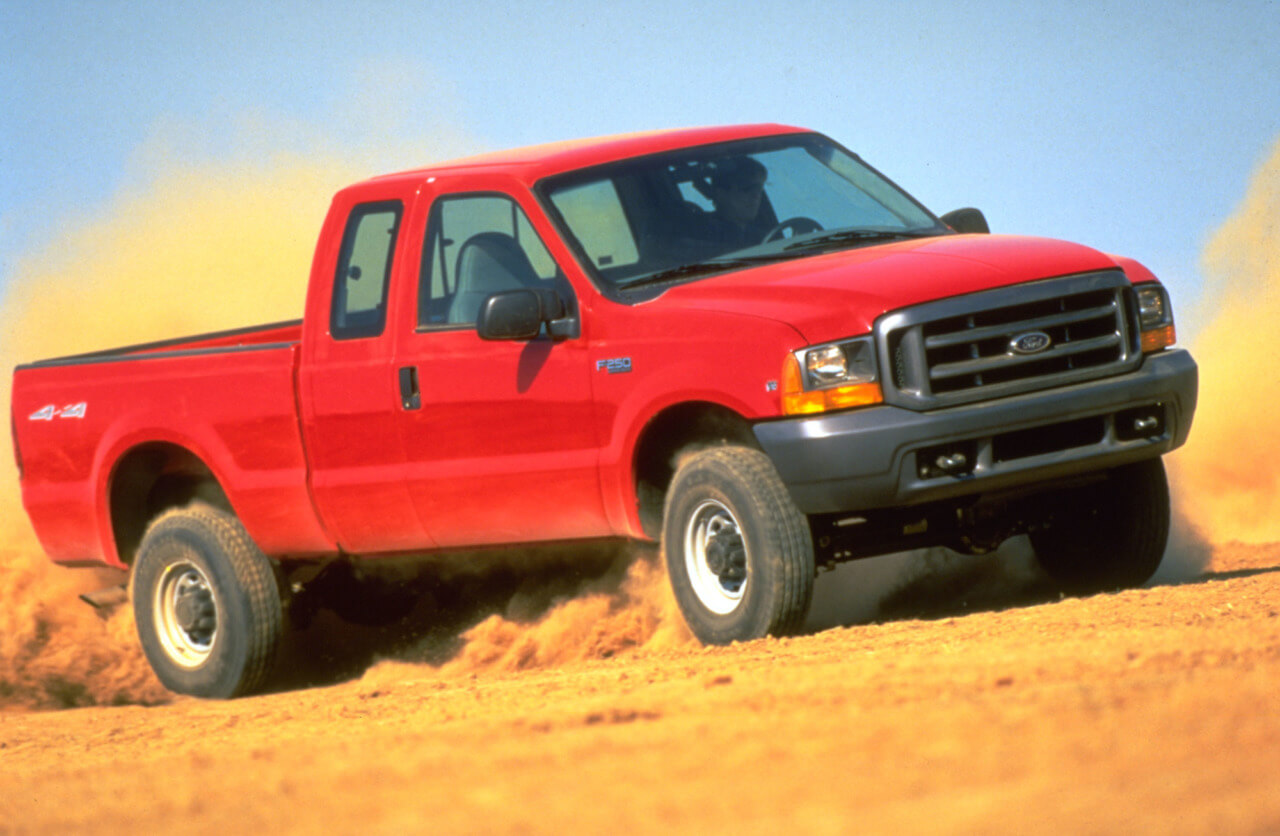
The big Ford pickup, available in F-250 and F-350 variants along with even beefier F-450 and F-550 commercial versions, wore handsome sheetmetal inspired by semi trucks. And underneath the skin, the Super Duty was one very tough rig with a level of capability and comfort that nosed it ahead of competitors.
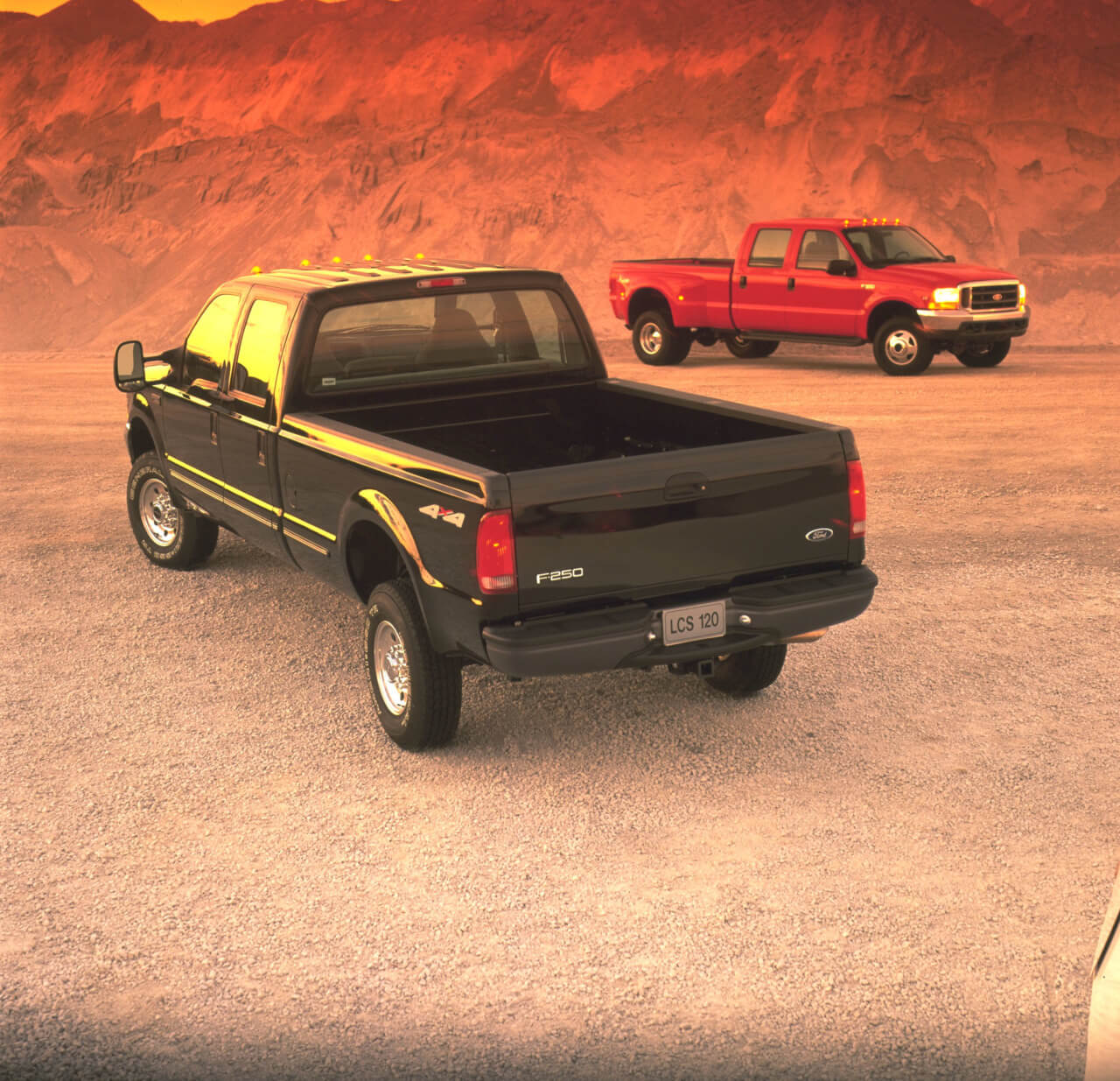
The Super Duty was incredibly successful. Though these trucks were produced for a full 17 years without a complete redesign, they did receive numerous major upgrades in design, technology and torque to evolve with the times.
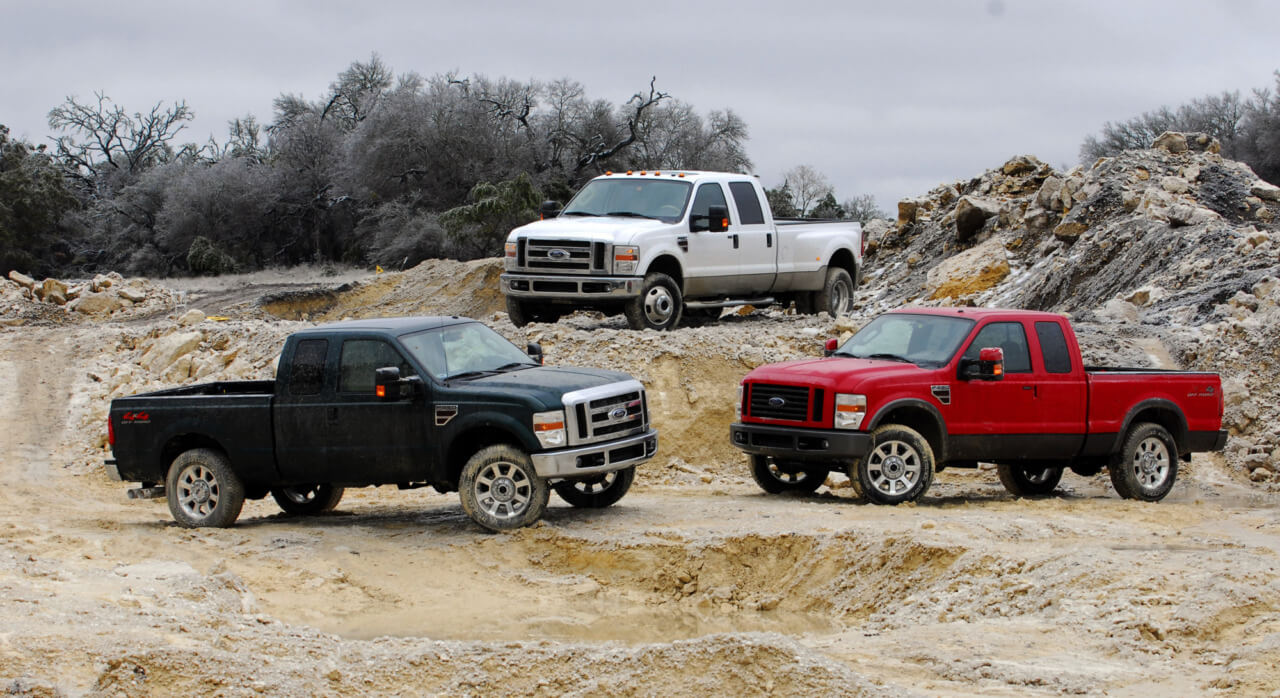
So, let’s travel back in time to the 2015 model year. This was just about the end of the line for the original Super Duty, which ended production in 2016. However, the final years of the Super Duty were some of the best ones, packed with refinement and potent powertrains. And those upgrades were enough for Ford to retain the crown as the best-selling heavy-duty truck year-after-year. By a wide margin.
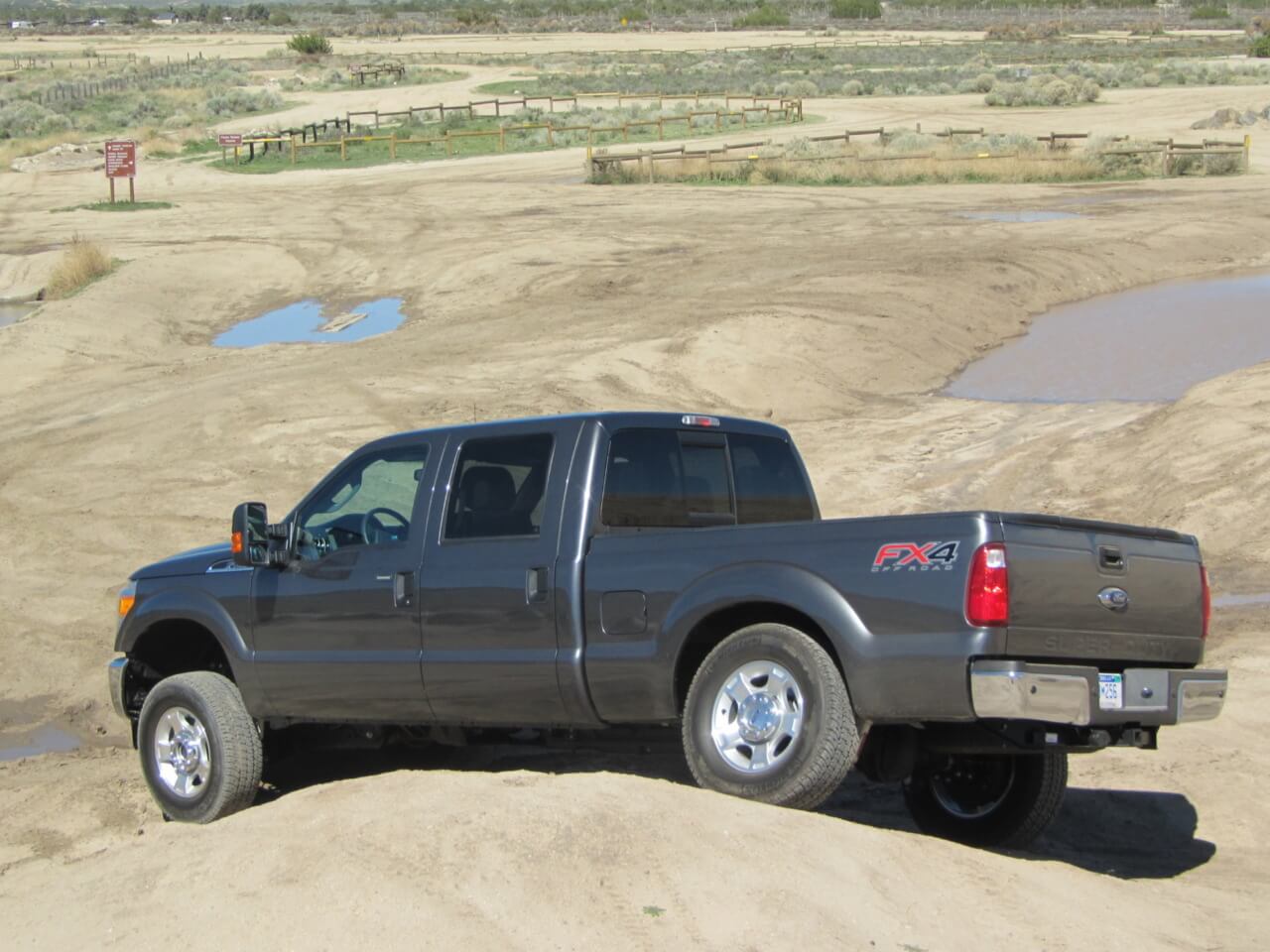
Beneath the Metal
Our test rig is a 2015 F-250 Crew Cab, perhaps the most popular truck in the lineup. Now this truck wears the XLT trim and uses a gas V8 instead of the expensive Power Stroke diesel. All that penny pinching meant this F-250 stickered for a reasonable $47,960 back in the day.
Earlier Super Duty trucks were saddled with the somewhat weak-kneed modular family of gas engines which included a 235 hp 5.4-liter V8 with 335 lb-ft of torque and a 275 hp 6.8-liter V10 with 410 lb-ft of torque. Sure, these motors gained power and torque over the years, but they were noticeably lacking in low-end torque and felt sluggish when pulling a load.
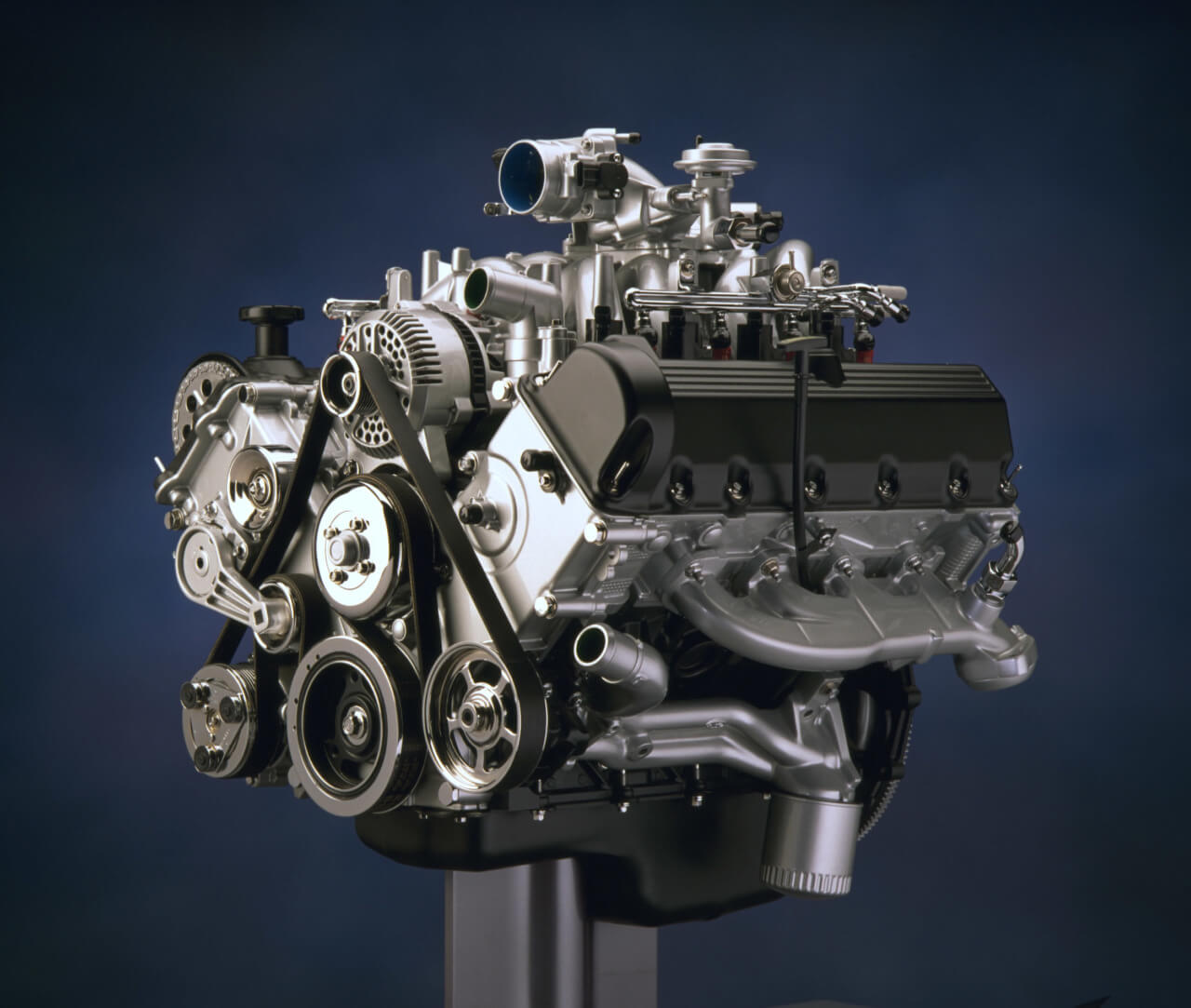
As a result, many buyers opted for the Power Stroke diesel. By 2011, the 5.4-liter gas V8 and the 6.8-liter V10 were phased out and replaced by a new gas V8. Ford delivered a much more responsive package with its new 6.2-liter V8. The bigger bore 6.2-liter, which also found a home in the F-150 Raptor, was a great addition to the Super Duty engine lineup.
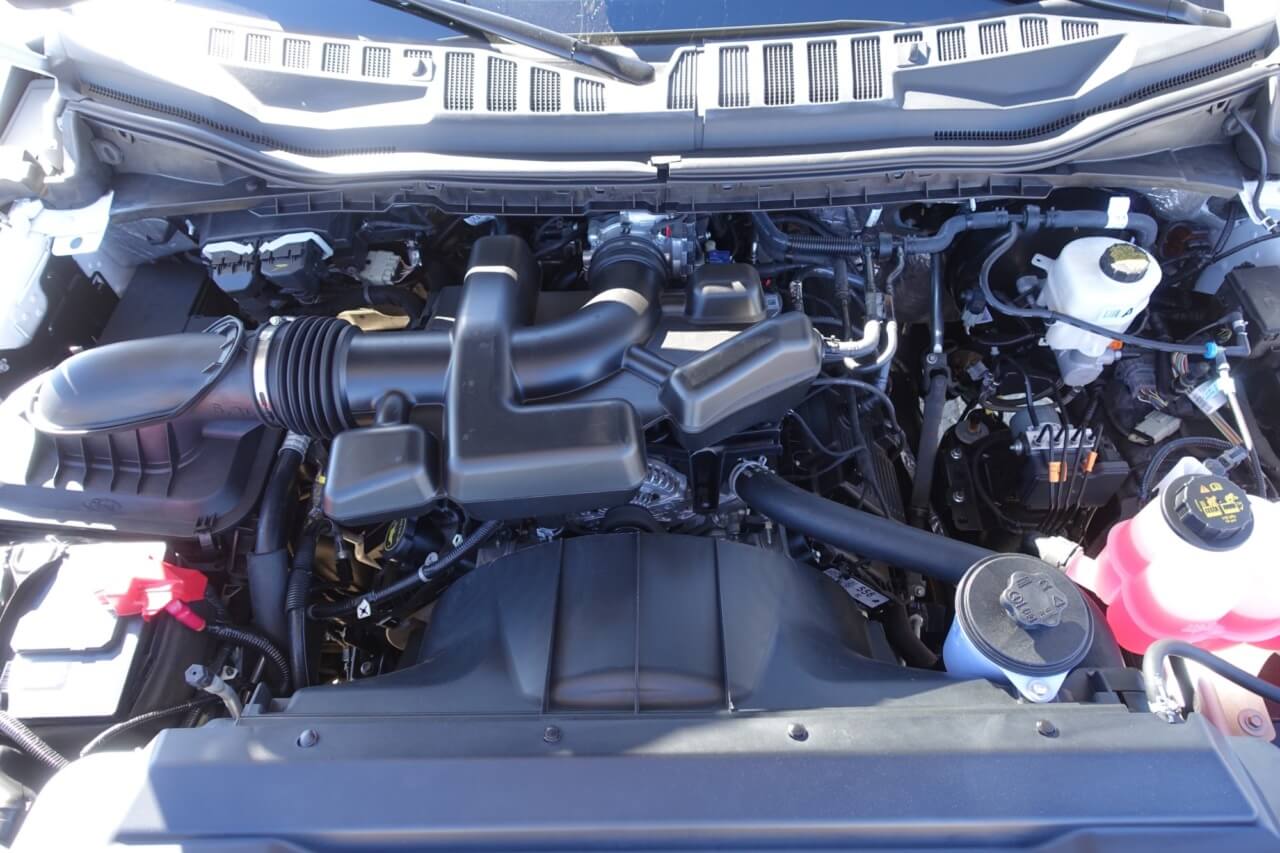
And in this 2015 test truck, that V8 packs 385 hp and 405 lb-ft of torque. The V8 channels power to a six-speed automatic and NVG 271 transfer case. Opting for the Power Stroke back then would have brought a healthy 440 hp and 860 lb-ft of torque. But the diesel was a pricey upcharge at $8480. Today, opting for the Power Stroke costs $10,495. Woof.
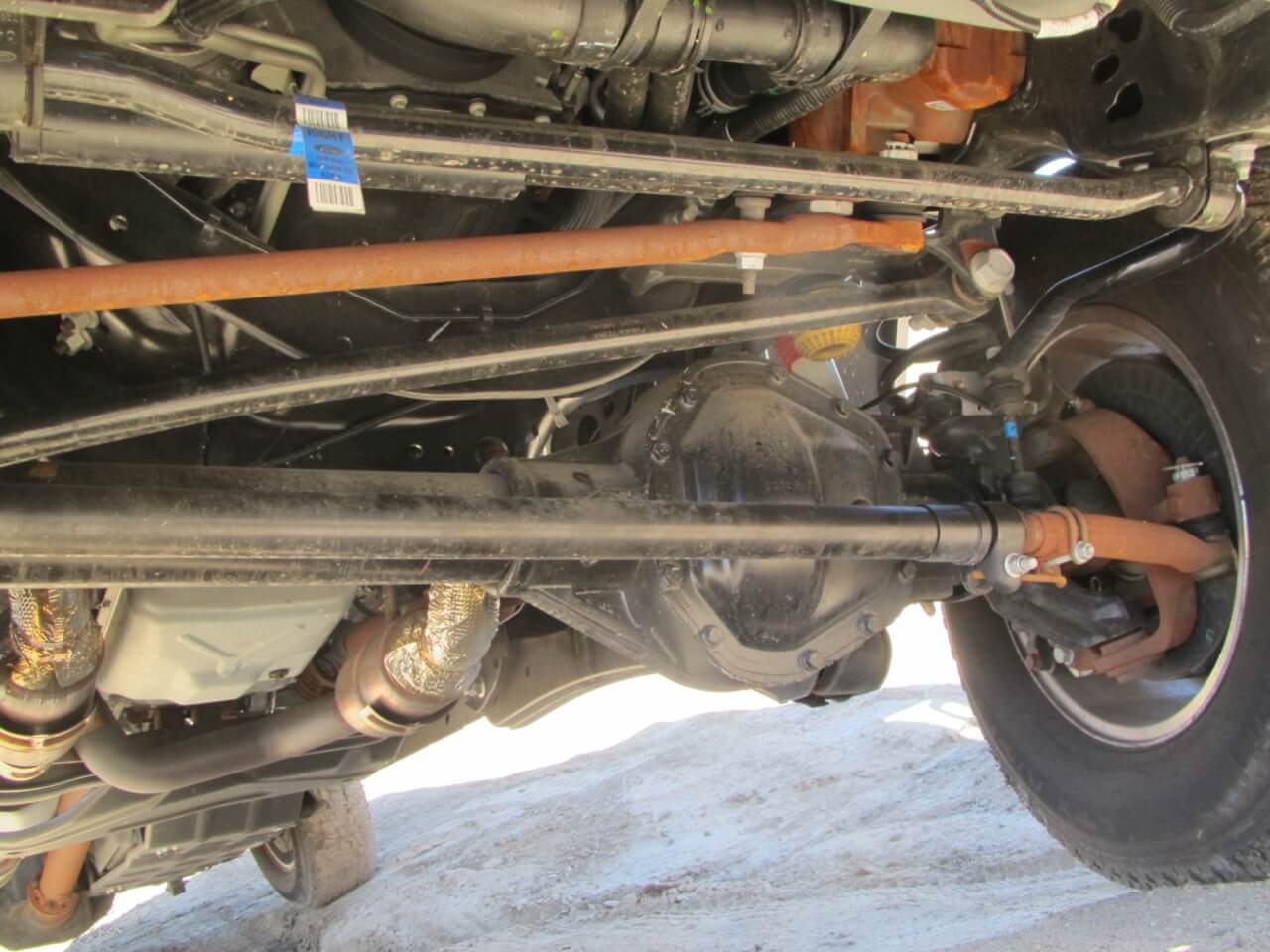
Up front, our F-250 rides on a 3.73:1-geared Dana 60 suspended by coil-springs and radius arms. This suspension design replaced leaf springs in the front of Super Duty trucks for the 2005 model year. And while there wasn’t a giant leap forward in ride quality, it offered a better turning radius and steering precision as well as lots of potential for the aftermarket to develop suspension systems with greater travel and damping control.
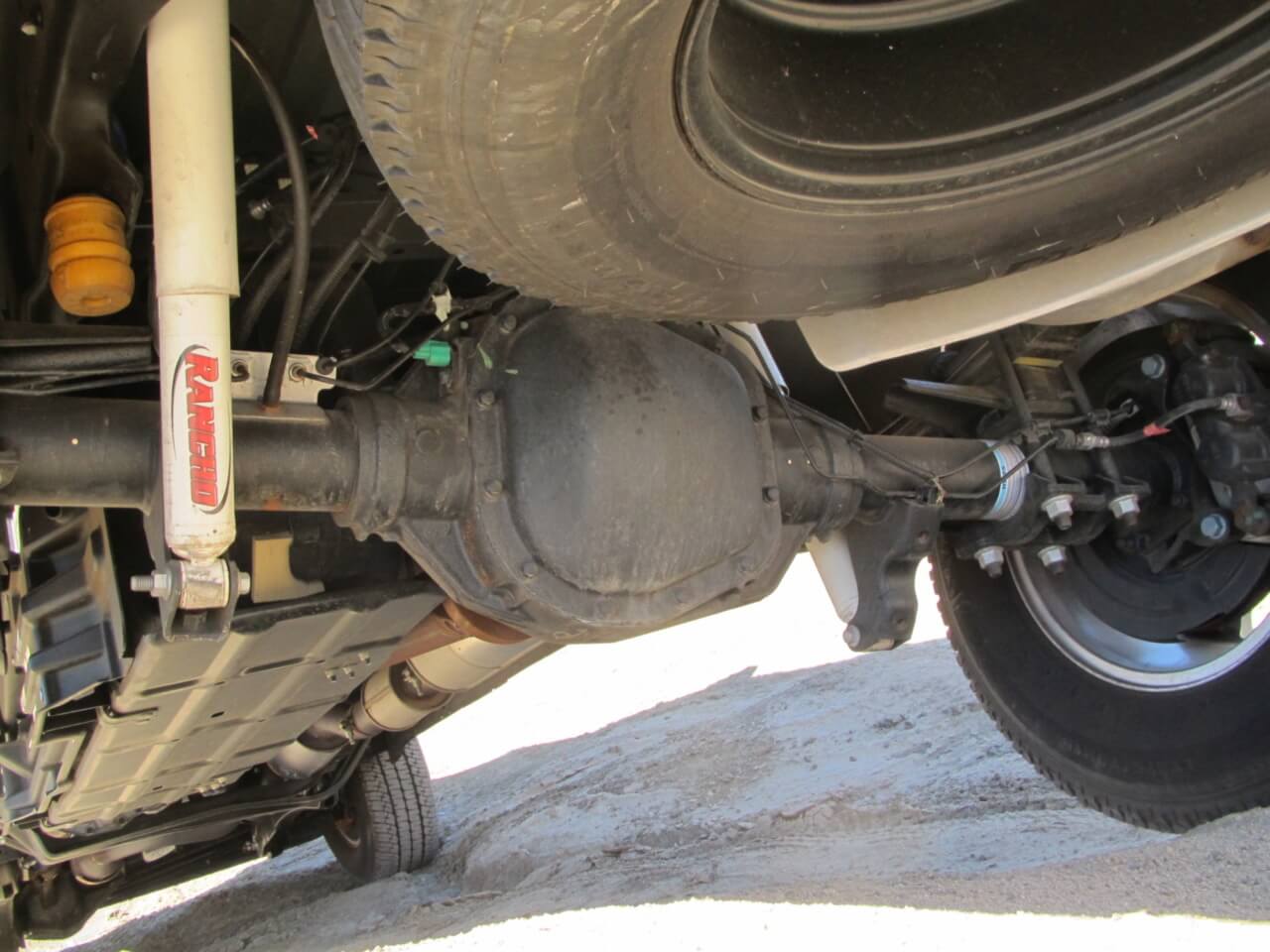
At the rear, our 2015 gasser uses Ford’s 10.5-inch corporate solid axle suspended by leaf springs. This truck has the FX4 package which cost just $295 at the time (it’s $400 now) and included an electronic locking rear differential as well as Rancho dampers at all four corners. The electronic locker arrived as an option on 2011 Super Duty pickups.
On the Road
It’s not hard to fall for a 4X4 that wears an honest, workingman’s interior. Yep, this one has cloth seats and plain-looking gray plastic on the dash. Our truck doesn’t even have satellite radio much less a fancy big screen navigation system. It’s a far less techy and ritzy place to spend time than today’s 2020 Super Duty. But that’s fine with us. It does have a backup cam in the rear-view mirror, which is helpful.
The 6.2-liter V8 feels fantastic under our right foot. This truck is actually pretty quick with the 3.73:1 gears and 6-speed automatic. It’s a sweet powertrain, one we’d be eager to at the very least modify with an aftermarket cat-back exhaust.
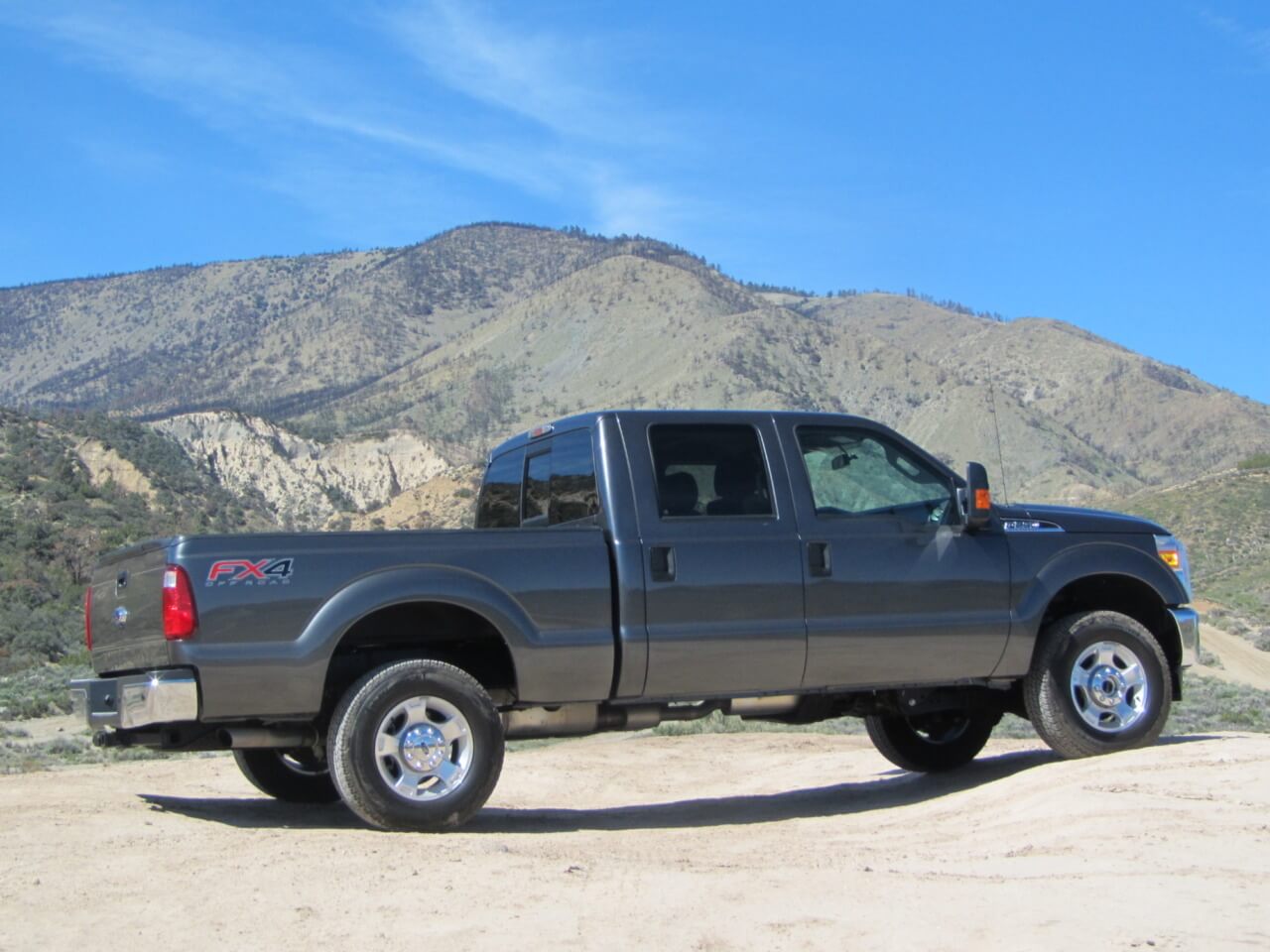
Over rough paved roads, the old 2015 truck does feel a little dated. The frame isn’t fully boxed like today’s Super Duty. So, it flexes and twists over rough roads. And that sends a shock through the cab when you hit big potholes. Similarly, the steering precision isn’t quite as good as today’s Super Duty. And because this truck sits on a suspension rated to handle 2,900 pounds, thanks to the 10,000-pound GVWR package, the ride is firm. But it’s certainly tolerable and would likely get better with taller tires and a bit less air pressure. The cool thing about a half-decade-old ‘Duty is that it still feels modern enough to build and drive daily. And the smaller body, compared to today’s truck, makes this F-250 feel nimbler around town.
The big F-250 returned 13.5 mpg during our time with it. Part of the reason is that this powertrain requires a double downshift from Sixth gear on the steep freeway grades. So, climbing the infamous I-5 Grapevine grade here in southern California at 70 mph means the big V8 is turning 3,000 rpm and sucking down fuel. But to be clear, that fuel economy isn’t really any worse than a current-generation Super Duty with the same engine and transmission.
Getting Dirty
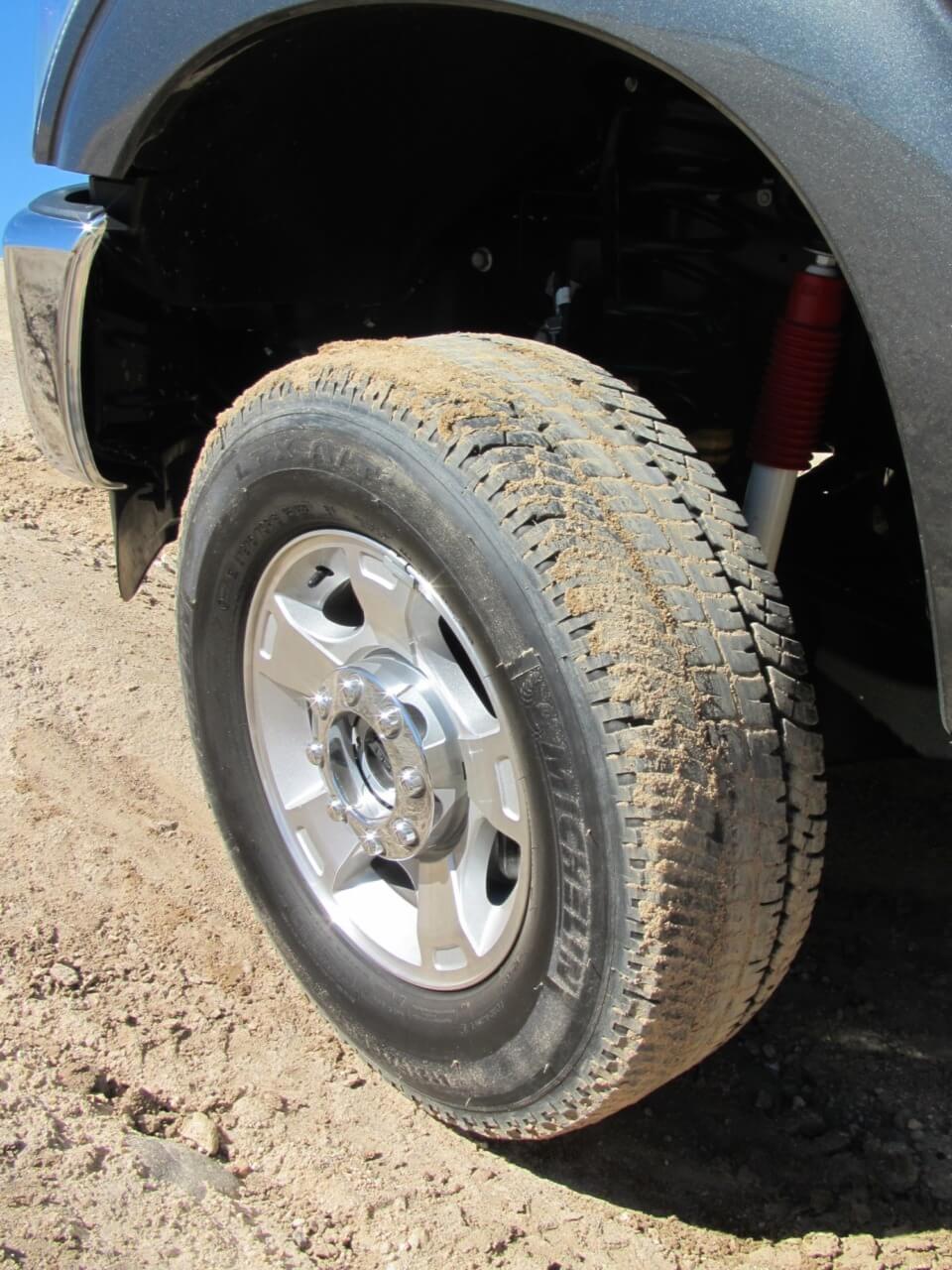
Crawl underneath the F-250 and there’s good ground clearance—around 9.25 inches under both diffs thanks to the 275/70R18 Michelin LTX tires which measure just over 33-inches tall. But these are pretty mild treads with a stiff sidewall, so it’s a good thing we had a locker in the rear. Unlike the latest Super Duty, this older one has trimmer proportions and a fairly small bumper lip hanging below the metal. We never scraped bodywork during our time with it.
The old Super Duty’s frame and suspension really feels its age when you hit the trail. And that’s especially true when you carry some speed over rough power line roads or desert whoop sections. The frame is flexy enough that the cab of the truck quivers. And that causes the passenger seat and interior panels to shake a bit. Still, the ‘Duty could handle descent speed and the ride was fairly smooth, considering the truck’s load-carrying mission. To cure the cab vibration, the redesigned-for-2017 Super Duty received hydraulic cab mounts. But there are plenty of suspension and tire options in the aftermarket that could likely improve the old truck’s cab isolation.
This Super Duty uses a dash-mounted 4WD knob just like the current trucks. Though XL and some XLT trucks back then had good old-fashioned manual levers mounted on the floor—a feature that was sadly discontinued for 2020 on the Super Duty. In the slower speed terrain, our Duty did well thanks to that locking rear diff, despite the mild tires.
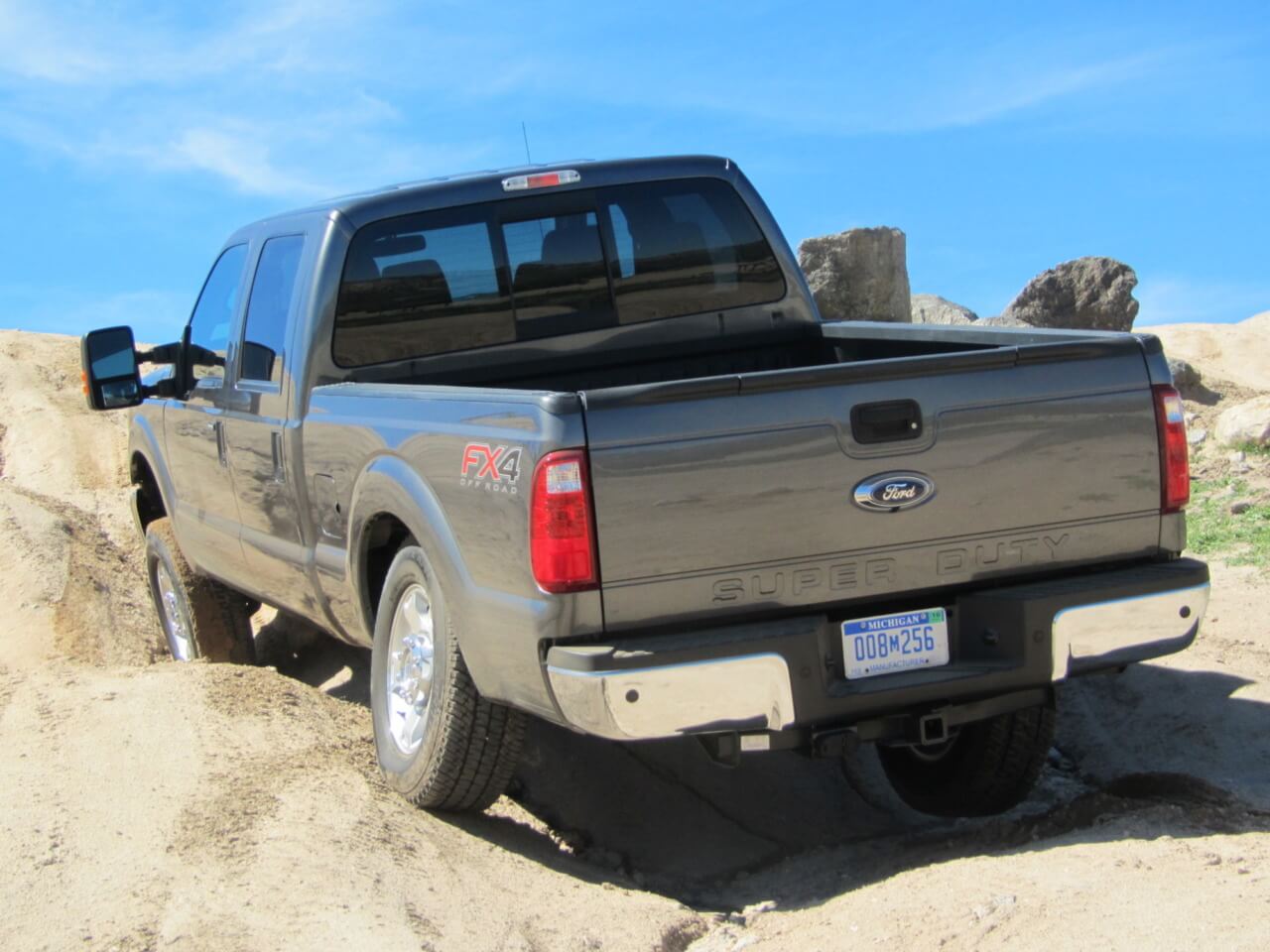
As soon as we stretched the big Ford across the first gully, we noticed the old F-250 has impressive axle articulation—especially in the rear. As we explored different trails, the truck was able to maintain traction more often than we would have expected. Part of that comes from that twisty frame which probably helped keep the tires on the ground when we pointed its nose toward the deepest moguls. But regardless of where exactly the articulation comes from, the older Super Duty is a good low-speed crawling machine. It just needs better tires and maybe a front locker too.
Value Priced
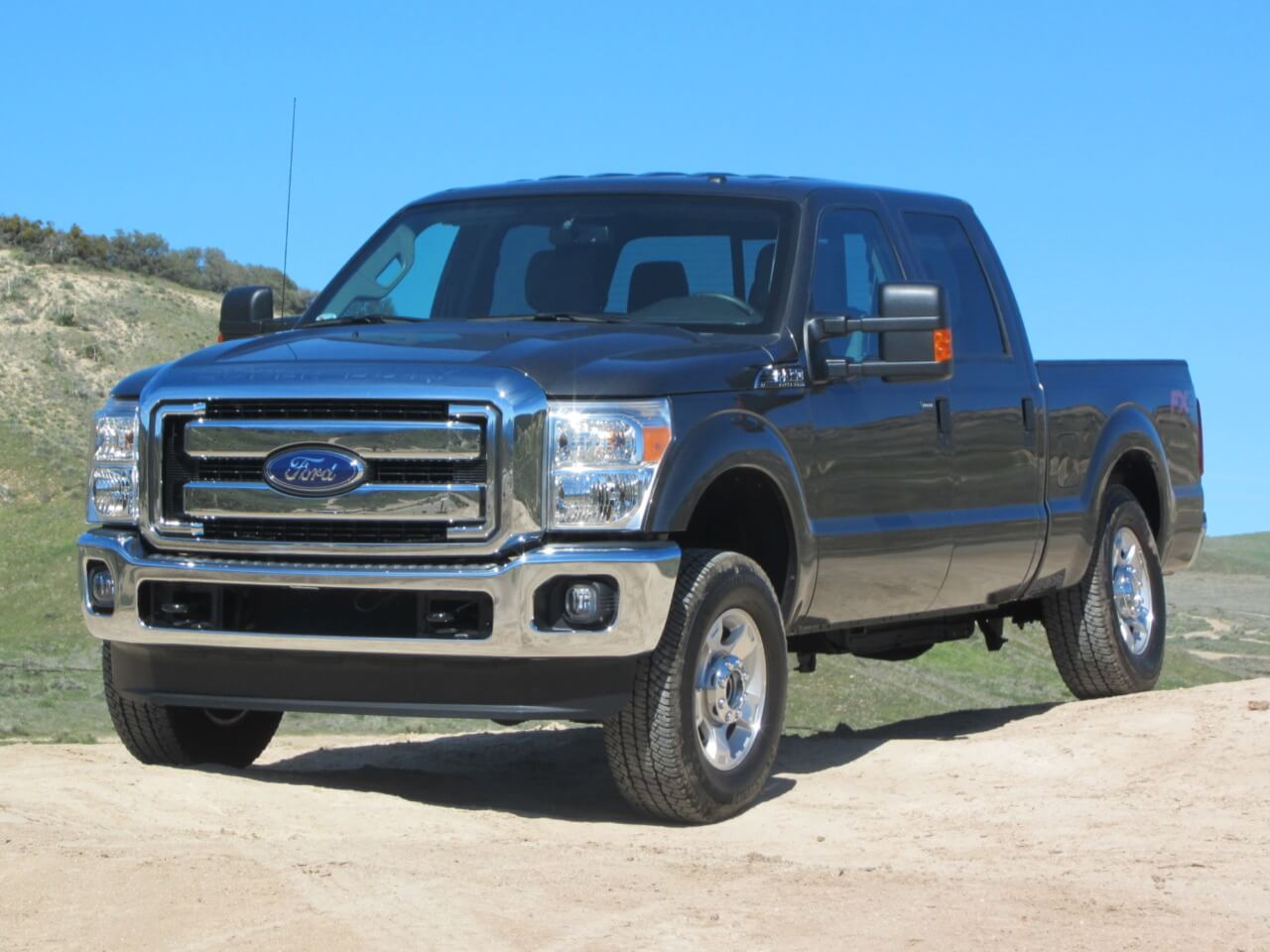
Would we buy a used Super Duty like this one for a project rig? Definitely! The older style bodywork still looks great on the road today. The drivetrain is stout and there’s an incredible level of support in the aftermarket to suit any build. But we’d probably focus on a later-model one, say from 2011-2016 to take advantage of the upgraded interiors and powertrains. But an early 7.3-liter diesel model would be appealing too. KBB says that a truck like our 2015 Super Duty in “very good condition” has an average Private Party Value of $30,000. That’s not exactly cheap but it’s at least $20,000 less than a new one with similar equipment. We’d take some of that cash and buy parts—lots of parts. A front locker would be on our list as would a new suspension and bigger wheels and tires. The goal? To make a budget “Tremor” to tackle the trails.











2